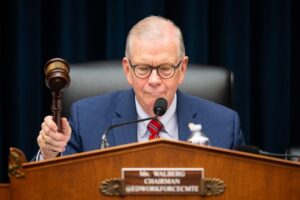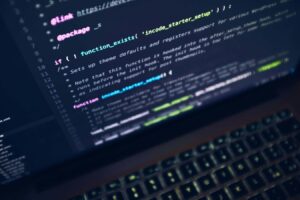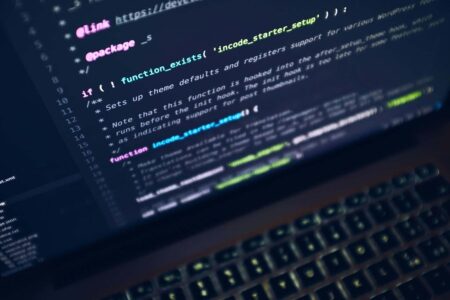Bruce Dahlgren is the CEO of Anthology. He’s a seasoned technology executive with more than 30 years of leadership experience.
Throughout my career, I’ve had the privilege of bridging two dynamic worlds: technology and higher education. This unique intersection has shaped my perspective on how innovation can transform learning and institutional practices.
One of the most impactful ways I’ve seen this in action is through deep collaboration with higher education institutions via channels like advisory councils, community leadership circles and user groups. By creating spaces where educators, administrators and technology leaders can openly share challenges and insights, we unlock powerful solutions to address real-world needs. These partnerships don’t just refine products—they shape the future of learning. Whether it’s improving student engagement strategies, streamlining administrative workflows or making AI more accessible, the most successful innovations emerge from this collective expertise. True progress happens when technology isn’t just designed for educators, but with them.
From my experience as an adjunct professor and a board member at Stetson University, I’ve witnessed firsthand how academic rigor and technological innovation can drive meaningful change—what I like to call “the power of together.” The future of education lies in combining the strengths of traditional academic practices with innovative technological solutions.
Building On Tradition
Traditional higher education is built on structured, evidence-driven methods and a commitment to academic integrity. Universities have long been incubators of innovation, fostering critical thinking and deep research. However, their thoughtful pace sometimes stands in contrast to the rapid evolution seen in technology. The real opportunity lies in marrying these strengths—combining the reliability of established academic practices with the agility of technological advances.
Tech’s Role In Shaping Education
Recent technological breakthroughs are redefining educational delivery. Digital tools streamline administrative processes, foster collaboration and open doors to personalized learning through data-driven insights. Online learning platforms extend educational access well beyond traditional campuses, reaching non-traditional learners and diverse communities. These innovations are reshaping how we approach learning in an increasingly interconnected world.
Integrating Ethical AI into the Educational Landscape
As we integrate these powerful tools, especially artificial intelligence, it’s critical that we do so intentionally. AI offers immense potential—providing real-time feedback, personalizing learning experiences and enhancing resource allocation. Yet, its adoption must be deliberate and anchored in the principles that define academic integrity. Ethical AI isn’t about chasing novelty; it’s about ensuring that our innovations respect privacy, uphold rigorous academic standards and maintain the trust that is central to education. By establishing robust ethical frameworks, we can harness the benefits of AI while safeguarding the values that are the cornerstone of our academic community.
What Steps Can Leaders Take
For technology leaders engaging with higher education, meaningful impact starts with collaboration. The most effective solutions are developed in partnership with the people who understand the realities of academic life—faculty, administrators and campus leaders. These stakeholders offer critical insight into how learning happens, where challenges emerge and what success looks like for students and institutions alike. Create space for structured engagement, such as through advisory groups or ongoing feedback. Use this approach to help ensure that your tools are relevant, trusted and aligned with institutional goals.
Remember that trust and usability are critical. Educational tools that reflect policy requirements, respect campus culture and deliver value across the institution are far more likely to earn long-term adoption. Technology partners must invest in real dialogue, shared problem-solving and thoughtful implementation to build lasting relationships that lead to sustained progress.
The Future
The intersection of education and technology holds vast promise for transforming learning. By drawing on the proven strengths of traditional academia and coupling them with innovative tech solutions—implemented with a steadfast commitment to ethical standards—we can create educational systems that are both dynamic and principled.
This balanced approach, nurtured by an ongoing dialogue between educators and technologists, is essential for building a future where progress and integrity go hand in hand. I believe that together, education and technology have the power to create life-changing opportunities for everyone, everywhere.
Forbes Business Council is the foremost growth and networking organization for business owners and leaders. Do I qualify?
Read the full article here











